In Photos: Massive Stone Complex Discovered in Kazakhstan
Intricate carvings
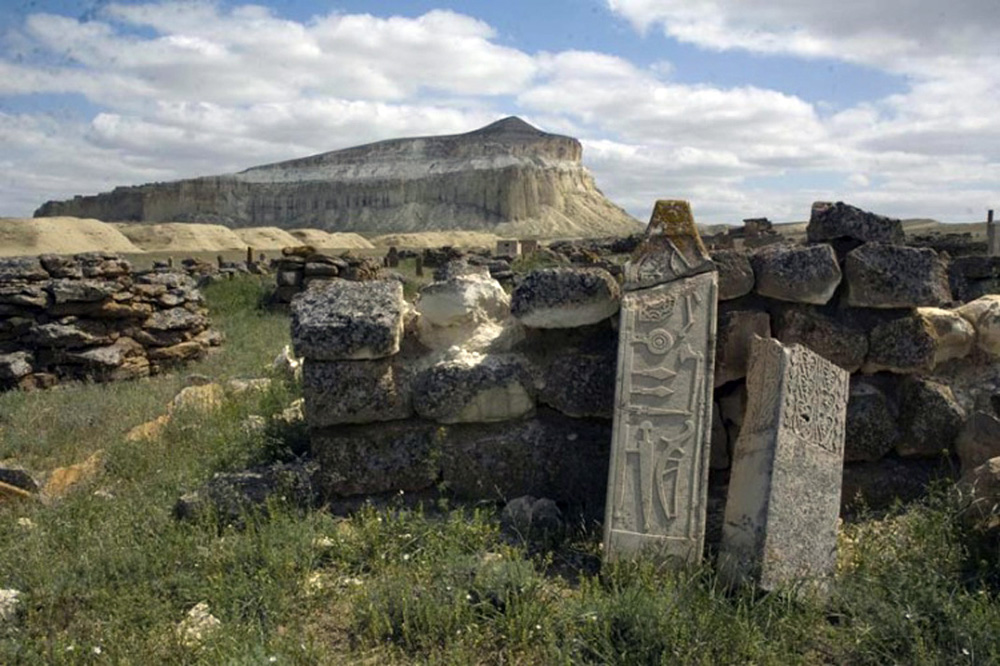
This complex of stone structures sprawls over 120 hectares (about 300 acres) and dates back around 1,500 years. It was discovered recently on the Mangÿshlak peninsula near the eastern shore of the Caspian Sea in Kazakhstan. Some of the stones contain intricate carvings showing weapons and strange creatures.
[Read full story on the ancient stone complex]
Animals portrayed
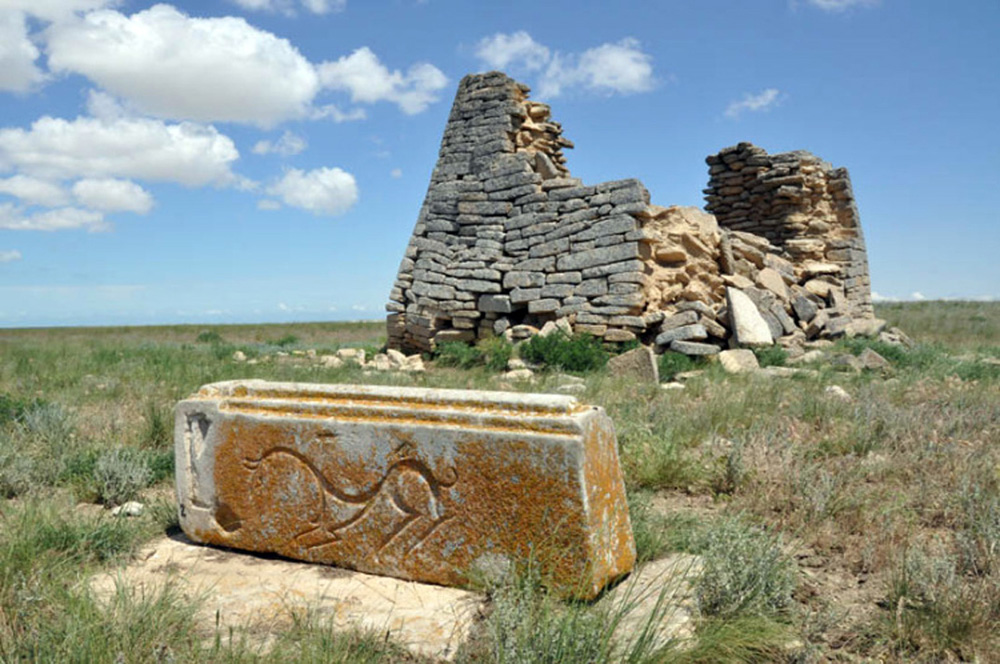
A close-up of one of the stone structures and an intricately carved stone that appears to show some form of creature. The complex was first identified by an archaeologist in 2010 and excavations began in 2014. Much work remains to be done.
Arid environment
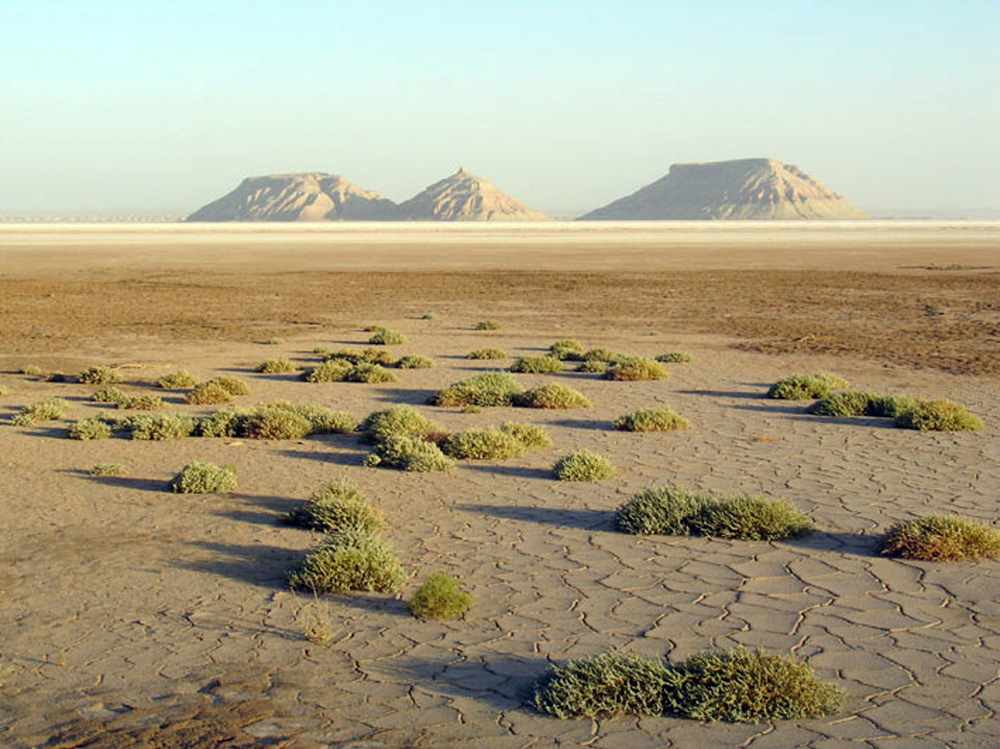
The complex is located in an arid area whose vegetation consists of withered bushes. The modern day name for the location is "Altÿnkazgan." Archaeologists believe that the complex was likely built by nomadic groups who lived at a time when the Huns swept across Asia and Europe.
Unexpected artifacts
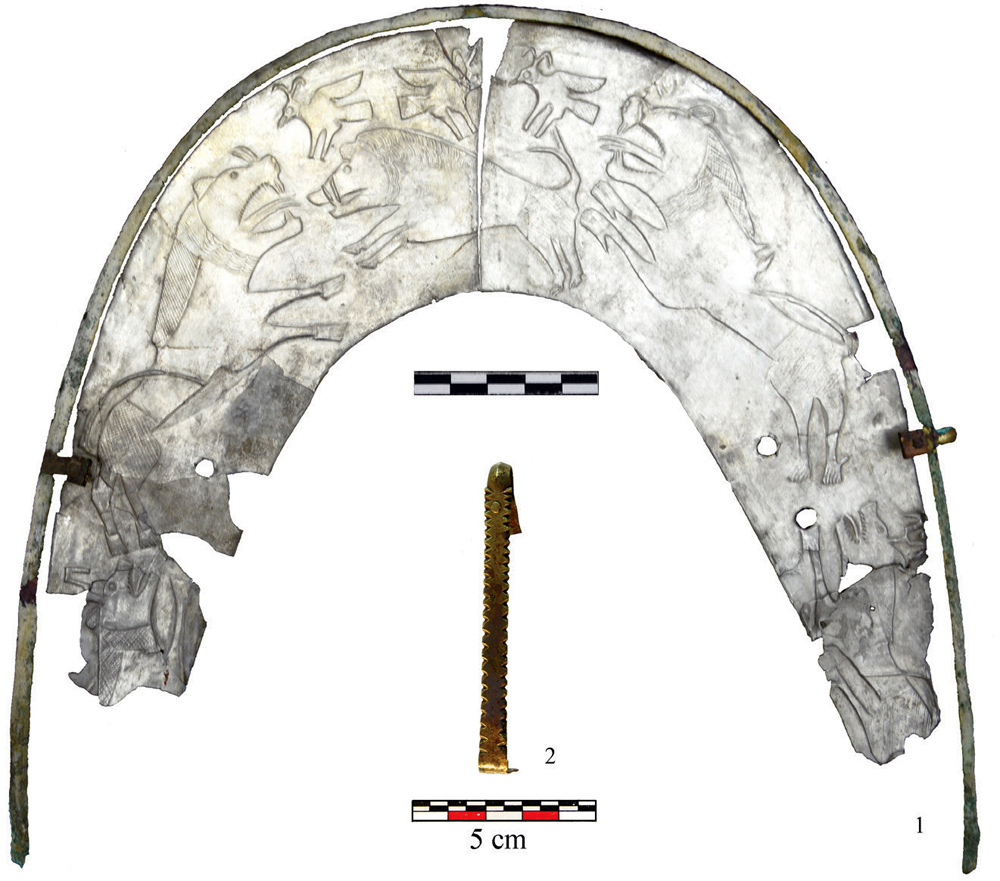
The remains of a silver saddle were found in one of the stone structures. This fragment of the saddle shows "beasts of prey" (possibly lions) attacking a wild boar. Three birds can be seen flying overhead and two smaller animals can be seen behind the beasts of prey. A photo of a copper band, that was also part of the saddle, can also be seen in this picture.
Beautiful carvings
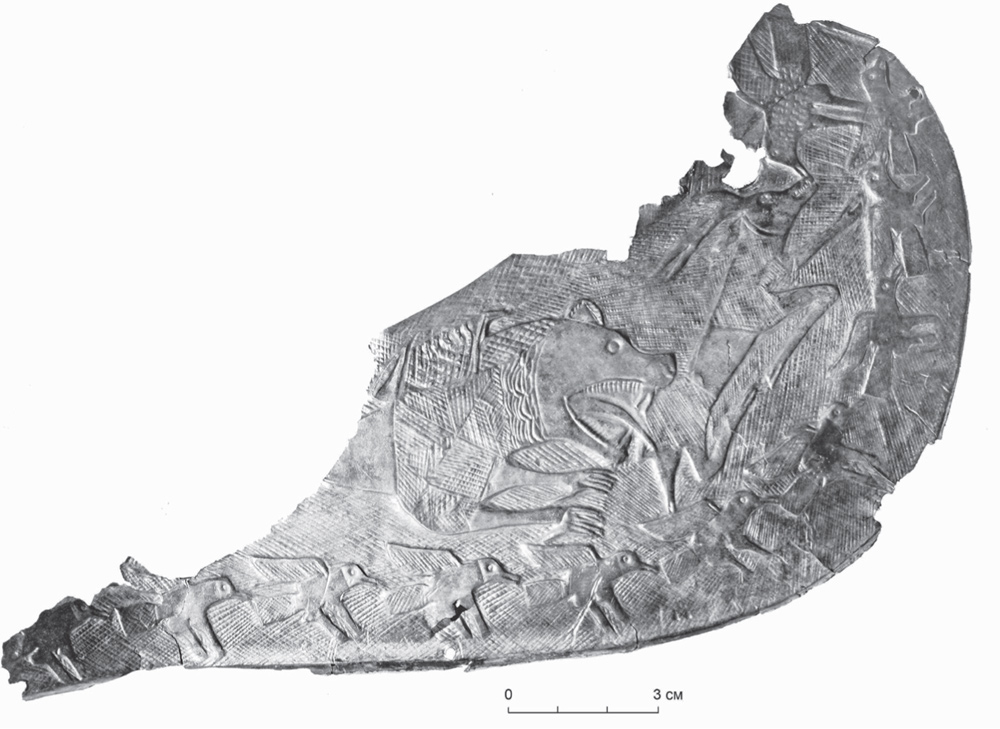
In this saddle fragment a beast of prey is seen attacking a deer while a bird attacks the nose of the deer. More birds can be seen flying around.
Unknown origin
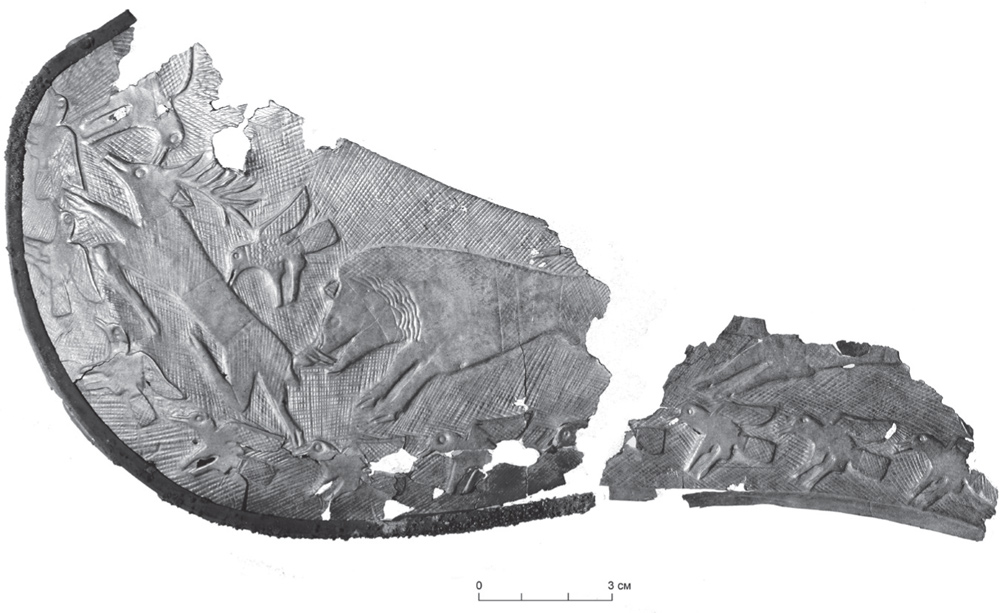
In this saddle fragment a wild boar, and two birds, can be seen attacking a deer. More birds can be seen flying around. The saddle could have been created as a burial good however the only burial found near it was of someone who appears to have lived centuries after the saddle was created.
Get the world’s most fascinating discoveries delivered straight to your inbox.

Owen Jarus is a regular contributor to Live Science who writes about archaeology and humans' past. He has also written for The Independent (UK), The Canadian Press (CP) and The Associated Press (AP), among others. Owen has a bachelor of arts degree from the University of Toronto and a journalism degree from Ryerson University.


